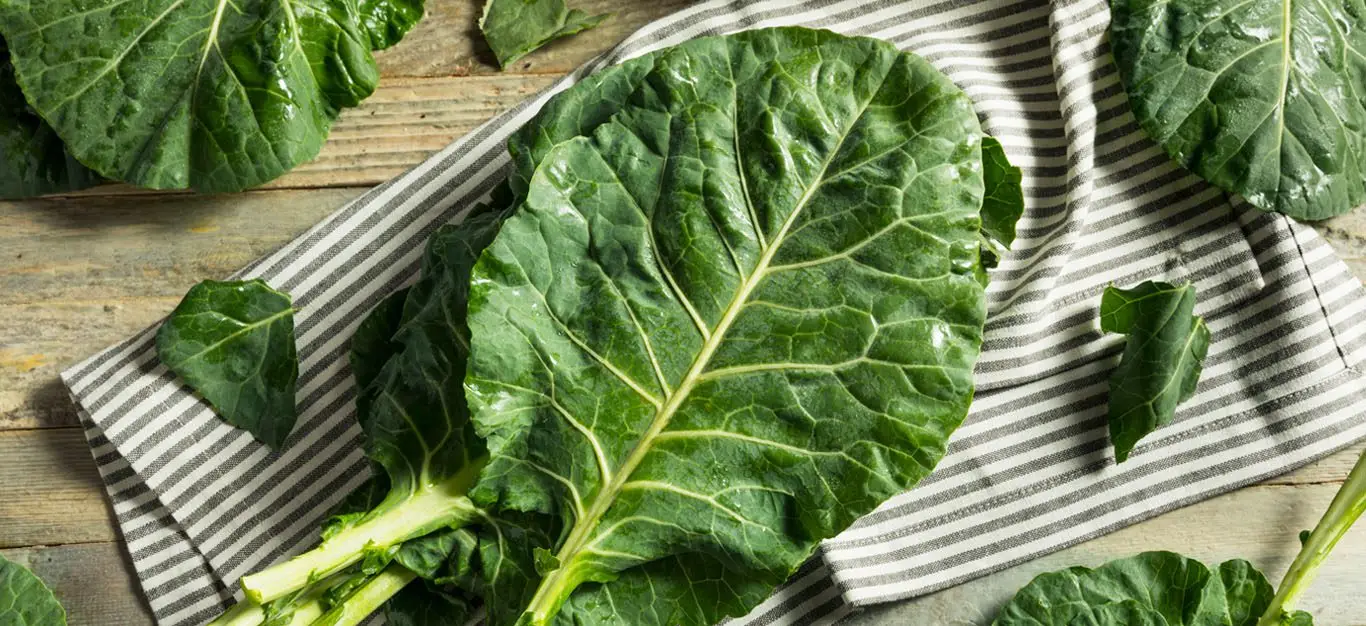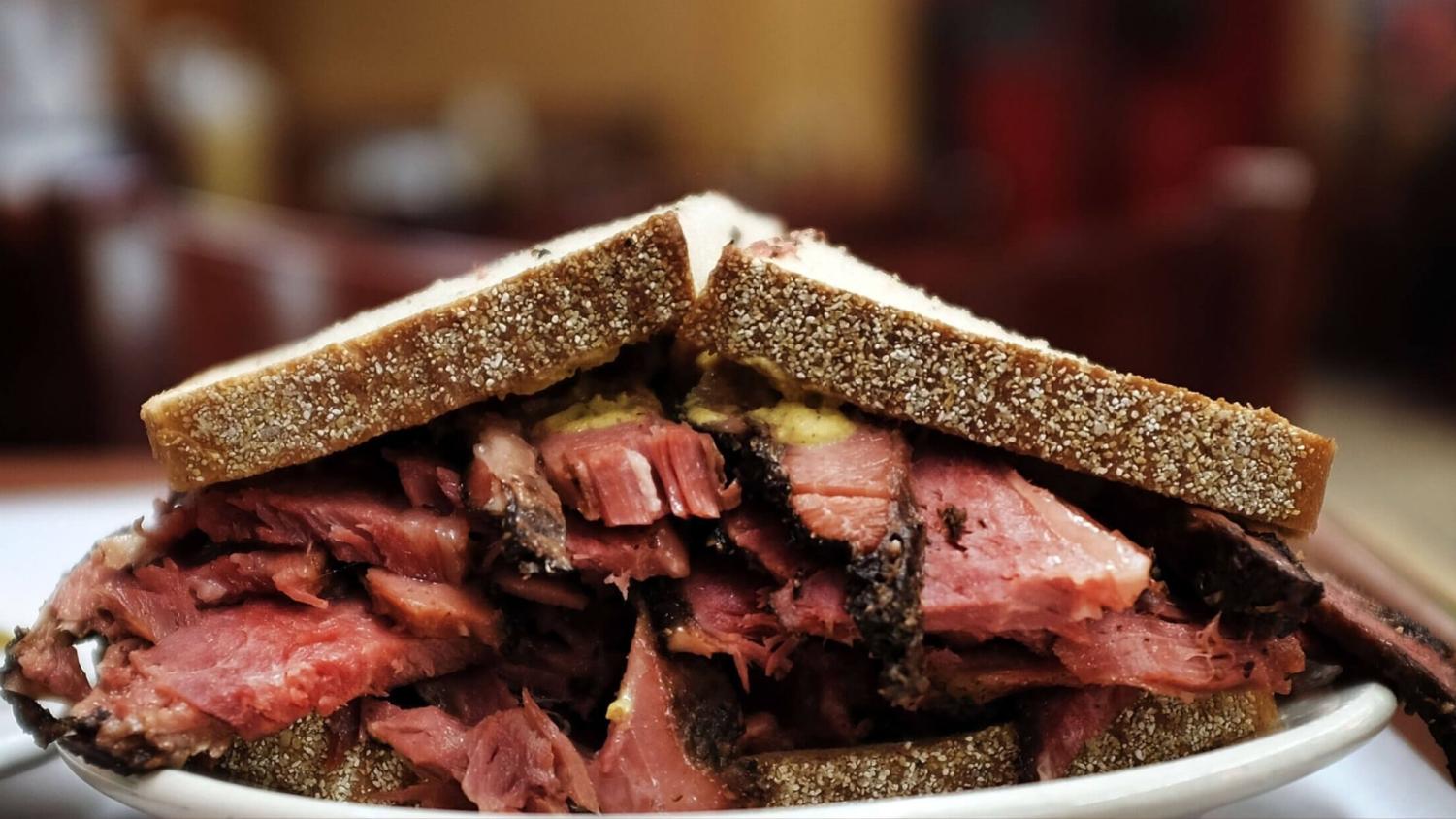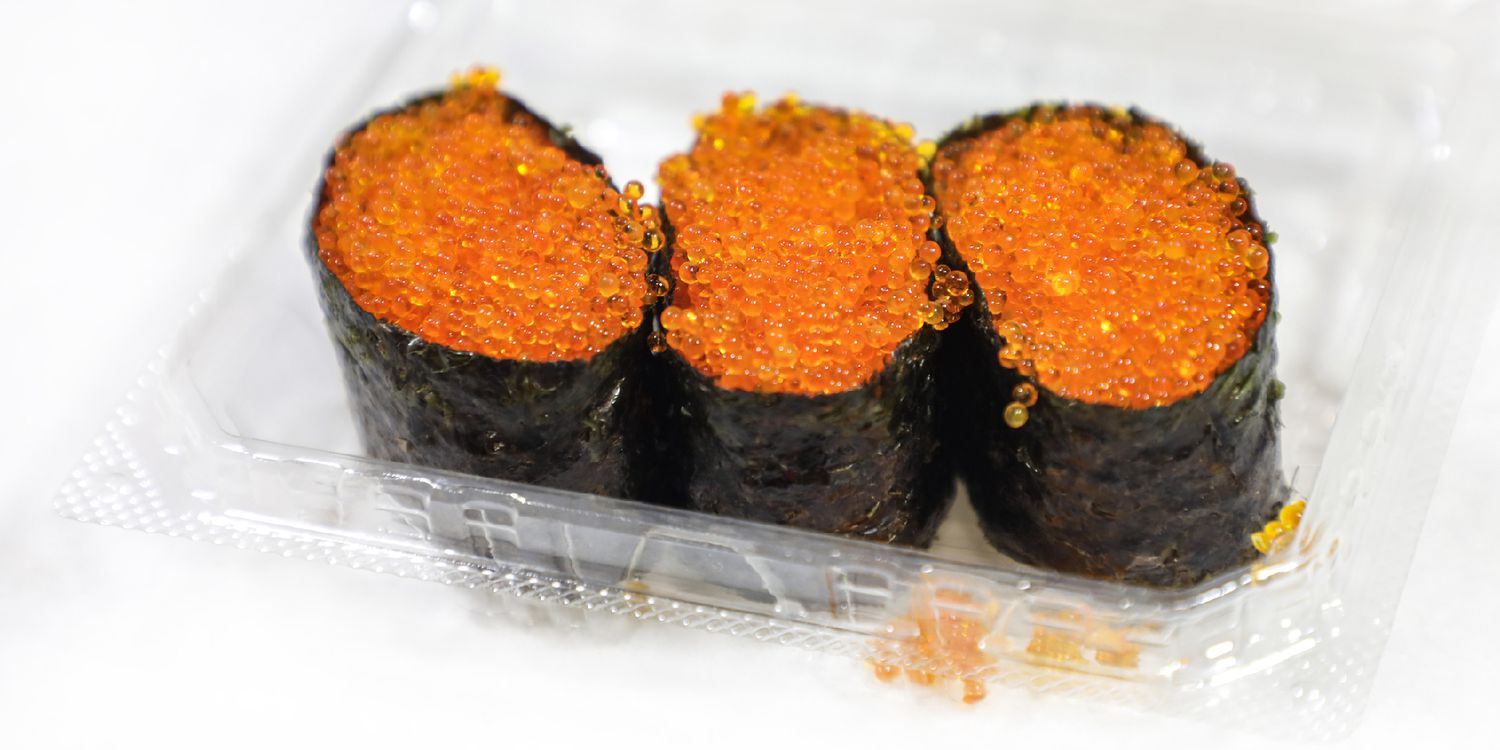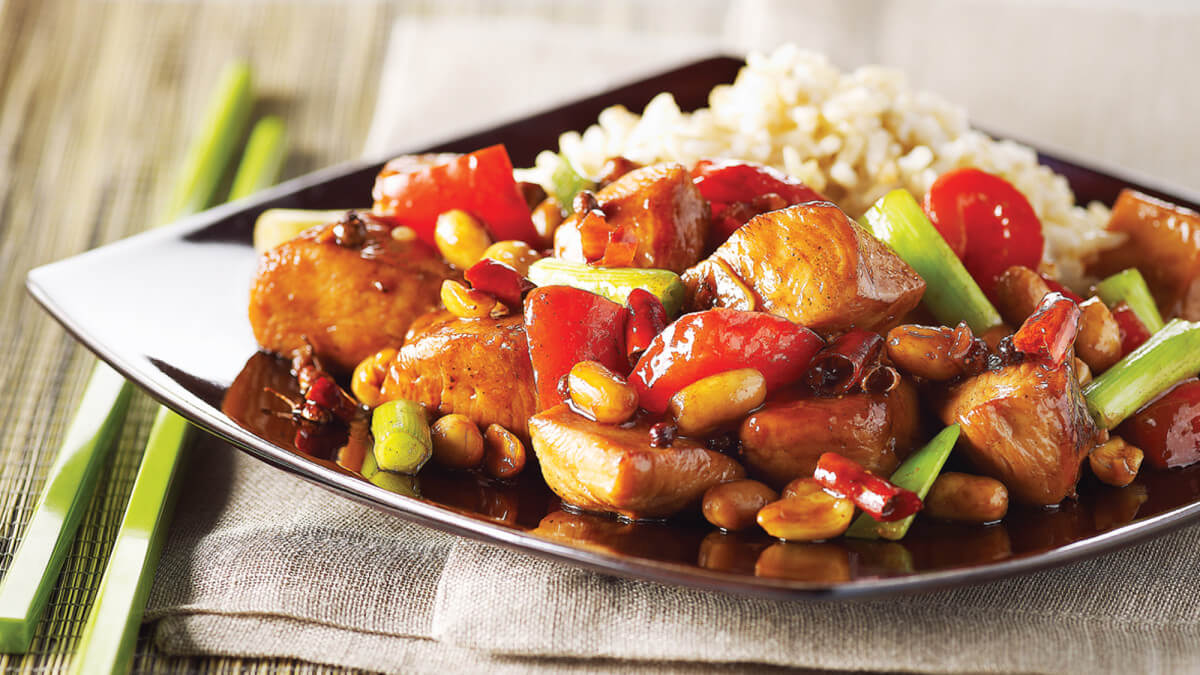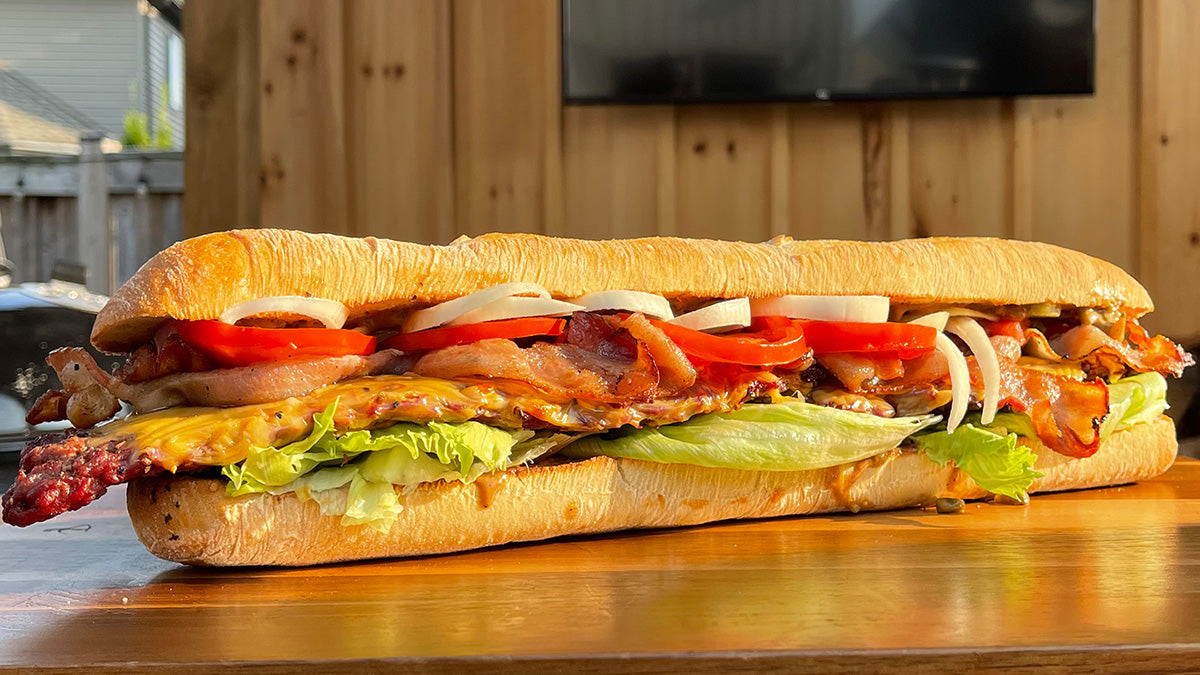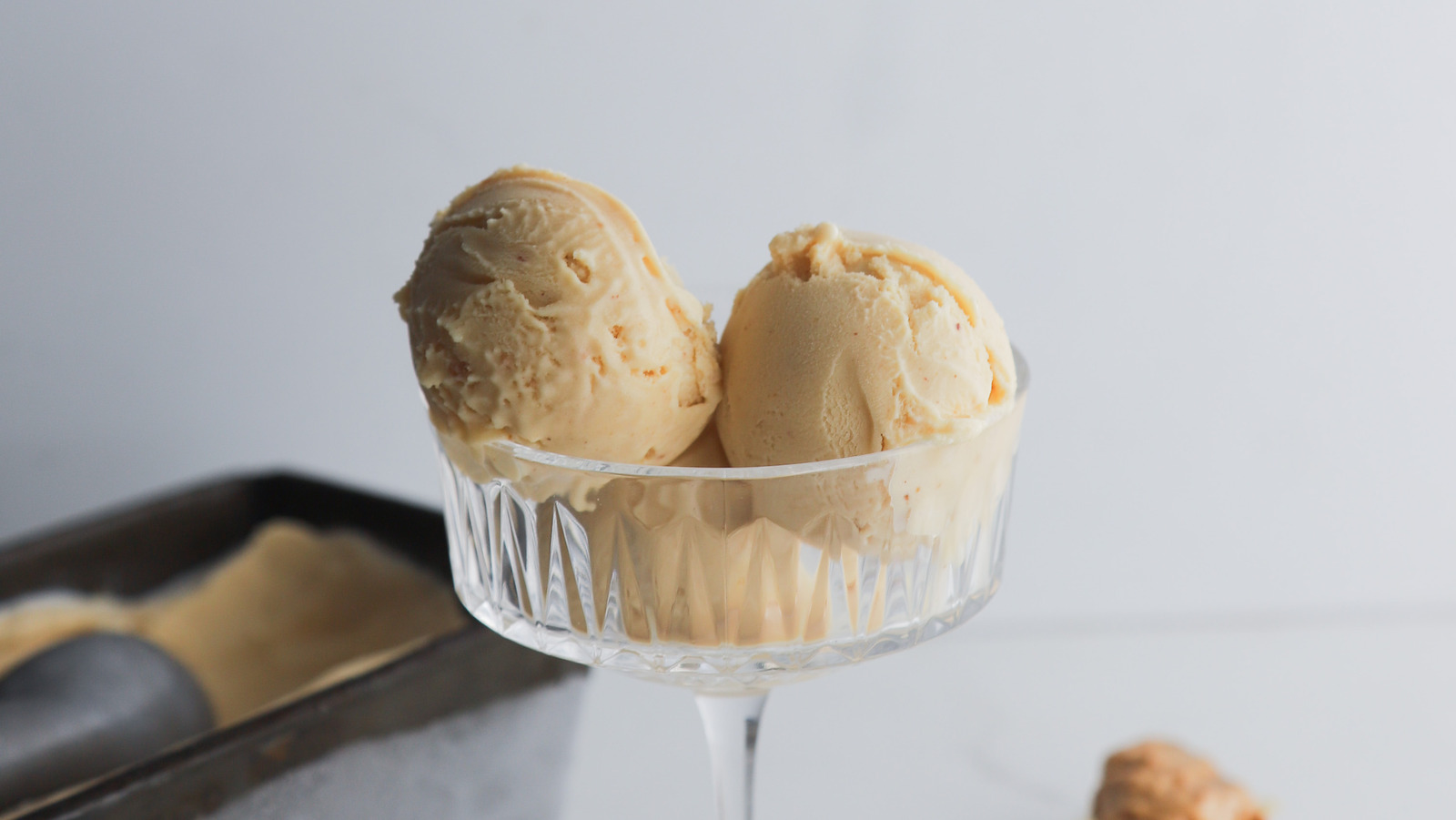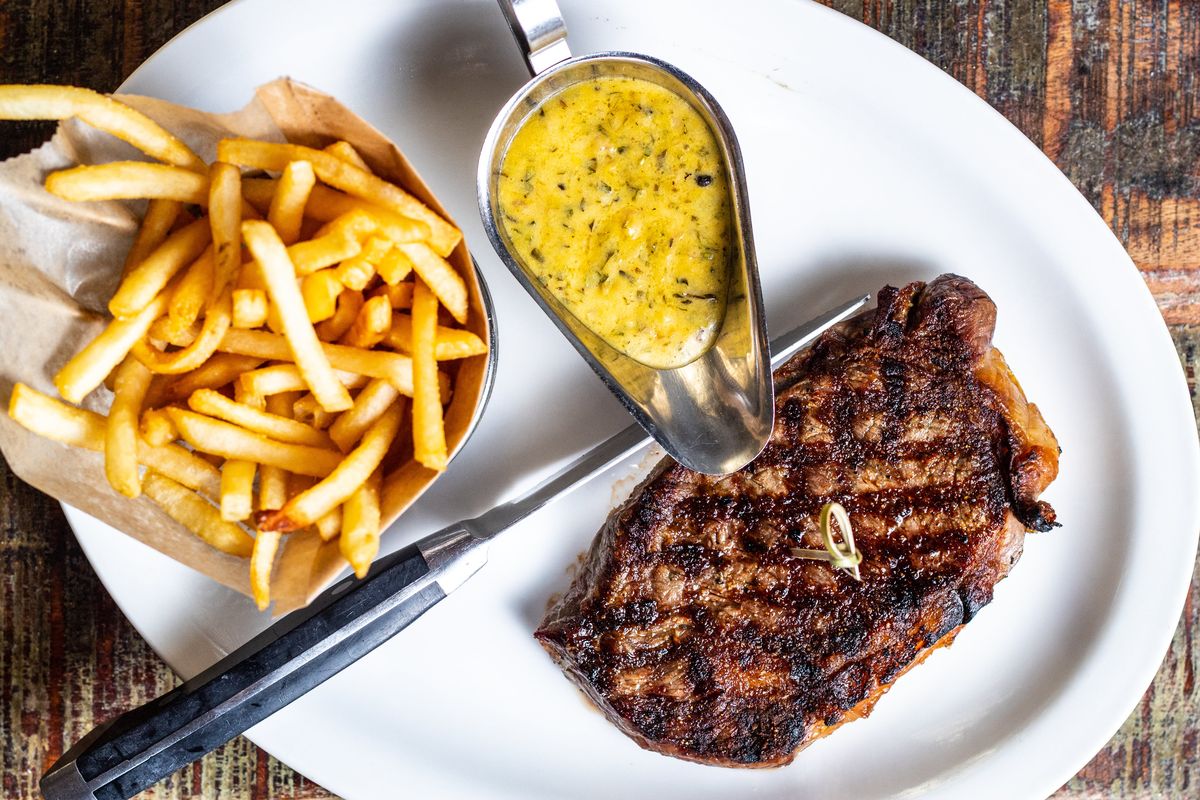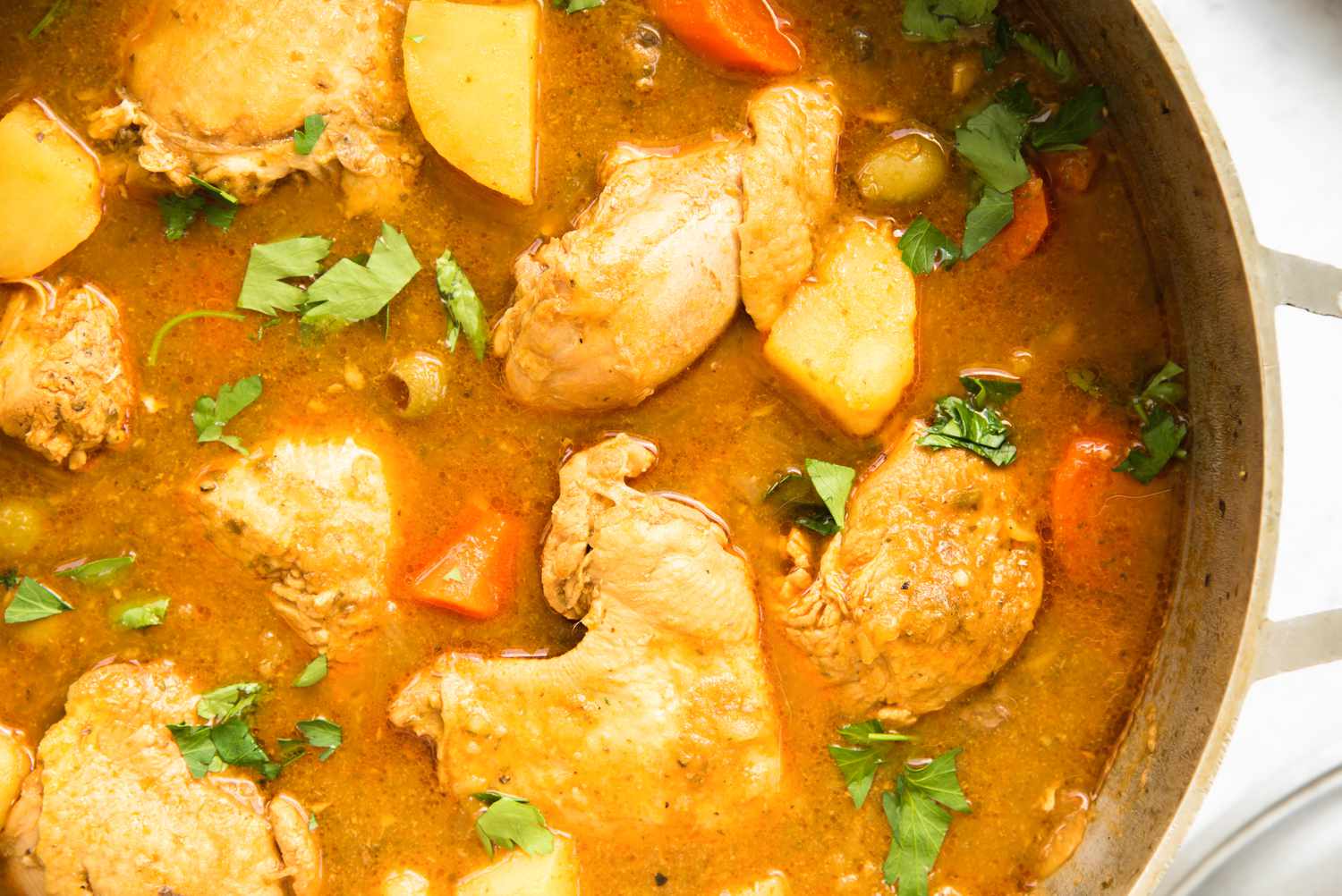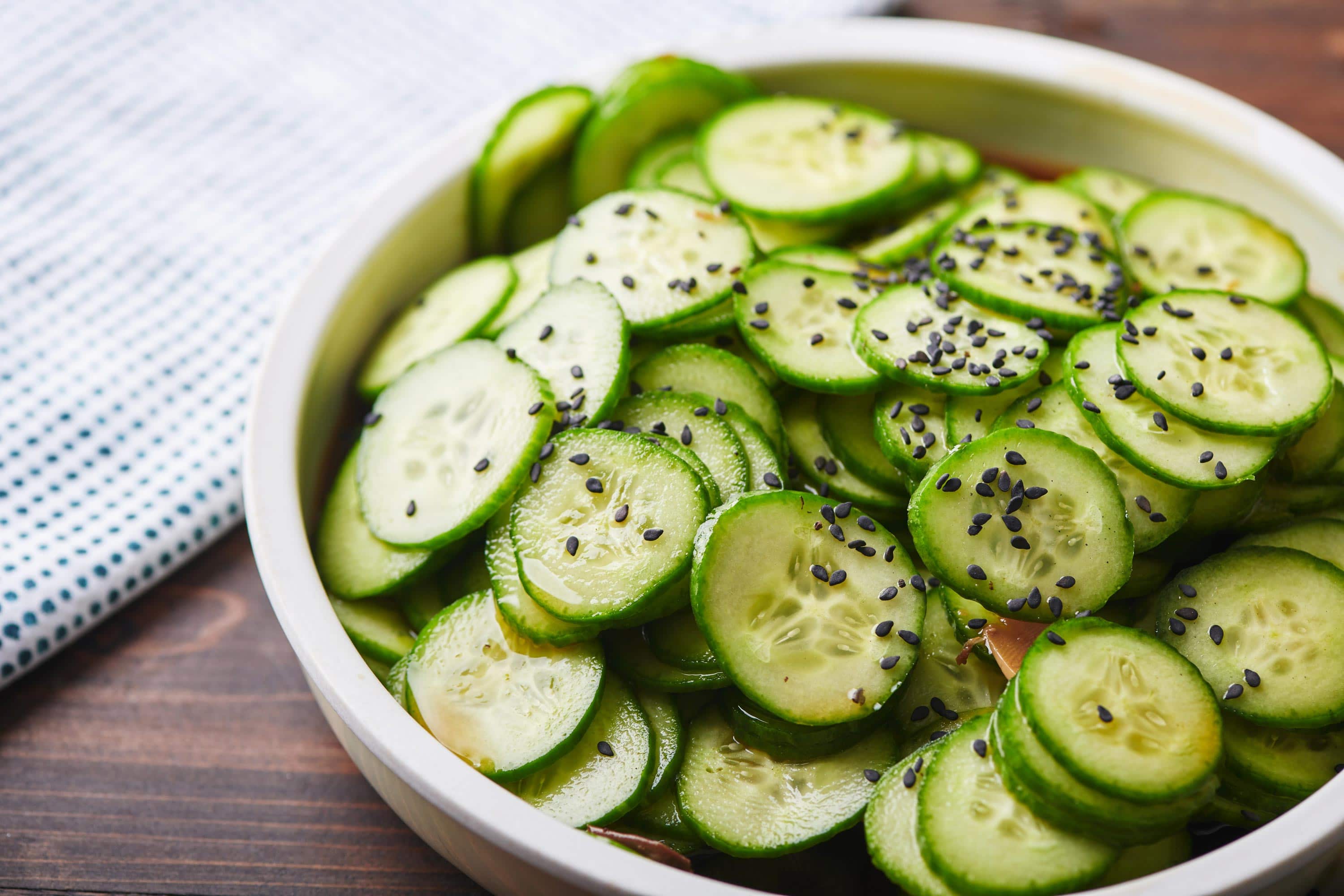When it comes to cooking, there are many ingredients and abbreviations that can leave home cooks scratching their heads. One such abbreviation that you may come across in recipes is HWC. So, what exactly is HWC in cooking?
HWC stands for Heavy Whipping Cream. It is a rich dairy product that is commonly used in both sweet and savory dishes. Here's everything you need to know about HWC and how it can be used in your cooking adventures.
What Is Heavy Whipping Cream (HWC)?
Heavy whipping cream is the high-fat portion of fresh milk that rises to the top when the milk is allowed to sit. It contains at least 36% milk fat, giving it a rich and creamy texture. This makes it perfect for adding richness and thickness to recipes.
How Is HWC Used in Cooking?
Heavy whipping cream is a versatile ingredient that can be used in a variety of ways in the kitchen. Here are some common uses for HWC in cooking:
-
Whipping: One of the most popular uses for heavy whipping cream is to whip it into soft or stiff peaks. This creates whipped cream, which can be used as a topping for desserts or mixed into other ingredients to create light and airy textures.
-
Sauces: Heavy whipping cream is often used to add creaminess and richness to sauces. It can be added to pasta sauces, soups, and gravies to create a luxurious texture and flavor.
-
Baking: Many baking recipes call for heavy whipping cream to add moisture and richness to cakes, scones, and other baked goods.
-
Desserts: From ice creams to custards, heavy whipping cream is a key ingredient in many dessert recipes, adding a smooth and creamy texture.
Substitutes for Heavy Whipping Cream
If you find yourself in a pinch without heavy whipping cream, there are a few substitutes that you can use in its place. Some common alternatives include:
- Half-and-Half: A mixture of equal parts whole milk and light cream can be used as a substitute for heavy whipping cream in many recipes.
- Coconut Cream: For a dairy-free alternative, coconut cream can be used in place of heavy whipping cream in both sweet and savory dishes.
- Evaporated Milk: When mixed with a small amount of melted butter, evaporated milk can be used as a substitute for heavy whipping cream in certain recipes.
Tips for Using Heavy Whipping Cream
When working with heavy whipping cream in your recipes, there are a few tips to keep in mind:
- Chill the Cream: For best results when whipping heavy cream, make sure it is well chilled. This will help it whip up to the desired consistency.
- Watch Closely When Whipping: When whipping heavy cream, be sure to watch it closely to avoid over-whipping, which can lead to the cream turning into butter.
- Use Fresh Cream: To ensure the best flavor and texture, use fresh heavy whipping cream that has not passed its expiration date.
In Conclusion
Heavy whipping cream is a versatile and essential ingredient in many kitchens. Whether you're whipping it into soft peaks for a dessert topping or adding it to a savory sauce for richness, HWC can elevate your cooking to new heights. Understanding how to use and substitute heavy whipping cream can open up a world of culinary possibilities in your own kitchen.
Was this page helpful?
Read Next: What Is Gold Cake
